How Does a Kitchen Timer Work? best Usages.
A kitchen timer is a device that alerts the user when a set amount of time has elapsed. It typically operates with a mechanical or digital countdown mechanism.
How Does a Kitchen Timer Work? Kitchens often buzz with activity and keeping track of cooking times can be a challenge. That’s where the humble kitchen timer becomes an essential tool, preventing burnt casseroles and undercooked pastries. Whether you’re a seasoned chef or a culinary novice, mastering the use of a kitchen timer can streamline your cooking process.
These handy devices come in various forms, from classic twist-and-dial designs to modern digital models with multiple alarms. Simplifying the management of time in the kitchen, timers reassure cooks that they’ll be promptly notified when their attention is required, allowing multitasking without the risk of overcooking. By adopting this simple gadget, anyone can enhance their kitchen efficiency and ensure every dish is cooked to perfection.
The Essence Of Time In Cooking
Mastering the culinary arts extends beyond the balance of flavors or the precision of a dish’s presentation. The essence of time in cooking is as vital as the ingredients themselves. From tender roasts to perfectly timed soufflés, timing influences texture, flavor, and the overall success of any recipe. A kitchen timer, therefore, becomes an indispensable tool in the hands of a chef, ensuring that each component of the meal gets the attention and time it rightly deserves.
The Role Of Timing In Culinary Success
Imagine biting into a scrumptious meal where every element is cooked to its peak of perfection. That wouldn’t be possible without the precise timing a kitchen timer offers. It ensures that pasta remains al dente, vegetables retain their crunch, and meats reach the exact point of doneness. Even a few seconds can make the difference between a delightfully crunchy caramelized sugar topping on a crème brûlée and a regretfully burnt one. Kitchen timers alert chefs at the perfect moment, transforming good dishes into great ones.
Historical Significance Of Kitchen Timers
Kitchen timers have a rich legacy that intertwines with the history of cooking. Before the advent of these gadgets, cooks relied on experience and instinct to judge cooking time, often leading to varied results. With the introduction of mechanical timers in the 1920s, cooks found a new level of consistency and control over their recipes. These timers served not only as reminders but also as benchmark tools that standardized cooking times for recipes, enabling any cook to replicate the same quality and results.
- Mechanical timers provided precision
- Evolution from sand hourglasses, sun dials
- Modern electronic timers offer more features
Mechanical Kitchen Timers: Tick-tock Mechanism
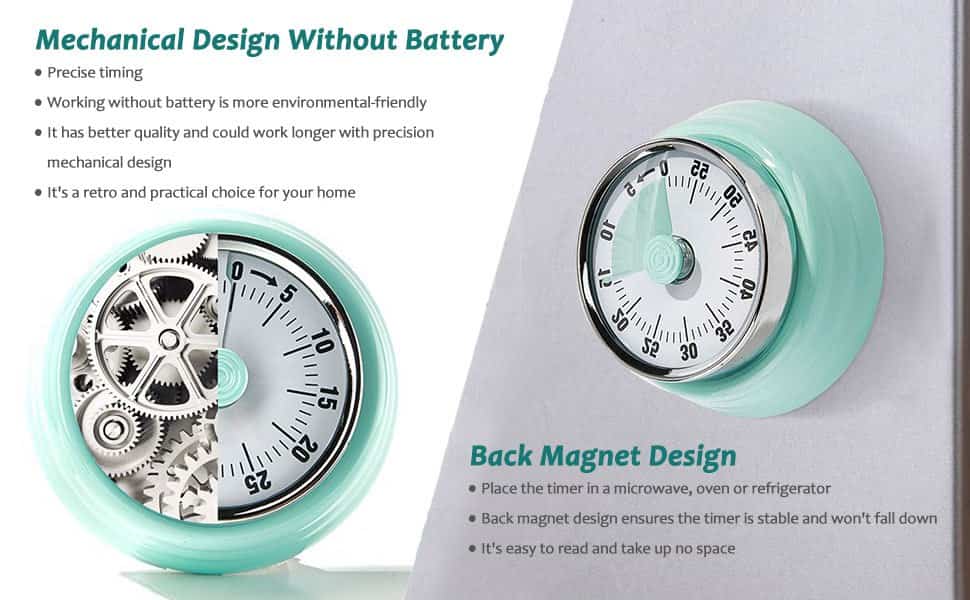
Ever wonder what helps a kitchen timer count down? The secret lies within its mechanical heart. As simple as they seem, mechanical kitchen timers use a clever tick-tock mechanism to alarm you when time’s up. Let’s unravel the mysteries of how this handy gadget ticks.
Internal Workings Of A Spring-driven Timer
At the core of a spring-driven kitchen timer is a tightly wound spring. Once you set the time, this spring gradually unwinds. Here’s a breakdown of the process:
- Energy Storage: The spring stores mechanical energy.
- Regulating the Movement: A series of gears regulate the unwinding speed.
- Countdown: The gears move the hands of the timer, counting down.
- Ring! When fully unwound, a striker hits the bell. Time to check the oven!
Setting The Dial: Initiation Of The Countdown
Starting a countdown is simple but involves precise mechanics:
- Turn the dial to the desired time mark.
- This winding action tightens the internal spring.
- The timer ticks as the spring unwinds.
- It stops ticking when the set time elapses.
The timer’s dial is calibrated to convert the winding action into a countdown duration. No batteries needed—just the simple twist of a dial.
Digital Timers: The Electronic Evolution
Digital timers are a leap into the future of cooking precision. Unlike traditional kitchen timers, which often use a mechanical dial, digital timers harness the power of electronics. This means better accuracy and more features. Explore how these handy devices count down to perfection in the kitchen.
Circuitry And Digital Displays
At the heart of a digital timer, you’ll find an intricate network of circuits. This system is the timer’s brain. It helps process your input and count down the time. LED or LCD screens show the time left. This allows for an easy read, even from across the room. Skillfully, these displays light up the countdown in bright, readable numbers.
Programming The Countdown: Buttons And Settings
Setting up a digital timer is simple thanks to user-friendly interfaces. You will see buttons like ‘Set’, ‘Start’, and ‘Stop’. These let you input the desired time. Some models offer memory functions to store your most-used settings. This saves time and hassle often. Follow these steps to program your timer:
- Depress the “Enable” button to enter the programming mode.
- Utilize the upward or downward buttons to designate the desired time.
- Press the ‘Initiate’ button to commence the countdown.
For added convenience, many digital timers feature multiple modes. Modes like count up, alarm settings, and even clock functions are common. Certain models offer pre-set times for specific tasks, streamlining the cooking process.
Multi-functionality And Features
The kitchen timer has evolved beyond simple countdowns. Today’s kitchen timers boast impressive features. Chefs and home cooks alike benefit from their versatility. With multiple functions, these gadgets have become indispensable. Let’s explore these advanced features.
Beyond Basic Timing: Additional Features
Kitchen timers now include more than just a start and stop button:
- Multiple Alarms: Set several timers at once for different dishes.
- Memory Functions: Save common timings for recurring recipes.
- Loudness Settings: Adjust the volume to hear alarms in noisy environments.
- Visual Indicators: LED lights or screens show time left at a glance.
These additional features ensure precision and convenience in the kitchen.
Integration With Smart Kitchen Gadgets
Modern kitchen timers sync with other devices:
- Bluetooth Connectivity: Pair with smartphones for remote alerts.
- App Integration: Use apps to control multiple timers and track progress.
- Voice Commands: Start or stop timers hands-free through virtual assistants.
- Smart Appliance Sync: Work in unison with ovens and cookers for automated cooking.
Integrated timers create a seamless cooking experience. They ensure meals are prepared to perfection.
Choosing The Right Kitchen Timer
Are you searching for a perfect kitchen timer? Your search ends here. A kitchen timer is a crucial instrument for any chef. It helps keep track of cooking times and prevents overcooking or undercooking meals. A good timer can make all the difference in preparing dishes just right. Finding the suited one for your needs can be a game-changer for your kitchen routine.
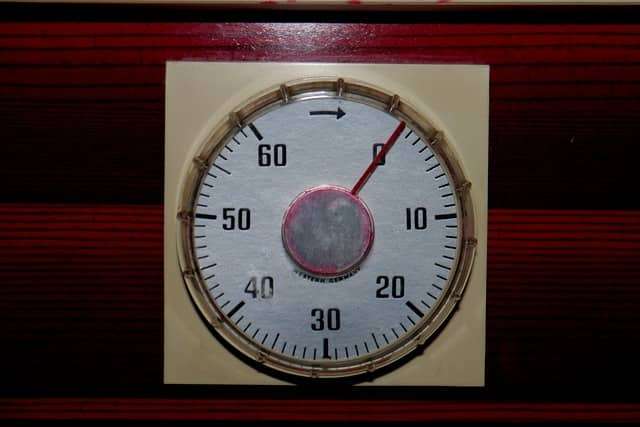
Factors To Consider
Choose the perfect kitchen timer with these key factors:
- Type of Timer: Digital or mechanical? Think about your preference.
- Duration: Need a timer for long hours or just minutes? Pick accordingly.
- Volume: Ensure it is loud enough to hear over kitchen noise.
- Magnet or Stand: Decide whether you prefer a magnetic timer or one that stands on the counter.
- Size: Make sure it fits in your kitchen space.
- Extra Features: Some timers offer more, like memory functions or multiple time settings.
Recommendations And Popular Models
Here’s a list of top kitchen timer choices that chefs love:
| Model | Type | Duration | Volume | Unique Feature |
|---|---|---|---|---|
| Oxo Good Grips Triple Timer | Digital | 19 hrs 59 min | High | Three separate timers |
| KitchenAid Digital Timer | Digital | 24 hrs | Adjustable | Durable, easy to use |
| Lux CU100 Minute Minder | Mechanical | 60 min | Loud | No batteries needed |
Each model stands out for reliability and positive reviews. Whether you need a timer for a quick egg or a slow roast, one of these timers can meet your need. Choose based on how well they fit into your cooking lifestyle.
Maintenance And Troubleshooting
Ensuring your kitchen timer remains in peak working condition involves regular upkeep. Discover tips for maintaining your timer and resolving common issues that might arise.
Keeping Your Timer Ticking: Care Tips
- Regular cleaning: Wipe the surface with a soft, damp cloth to prevent buildup.
- Avoid moisture: Keep away from water to prevent internal damage.
- Change batteries: For digital timers, replace batteries yearly.
- Store properly: Keep in a dry, cool place to prevent wear.
Common Issues And How To Solve Them
| Issue | Troubleshooting Step |
|---|---|
| Timer not starting | Check and replace the battery if needed. |
| Sticky buttons | Gently clean around the buttons with a cotton swab. |
| Inaccurate timing | Reset the timer or adjust the manual dial. |
| Digital display issues | Ensure proper battery placement or replace with new ones. |
Apply these straightforward fixes to address common timer concerns efficiently.
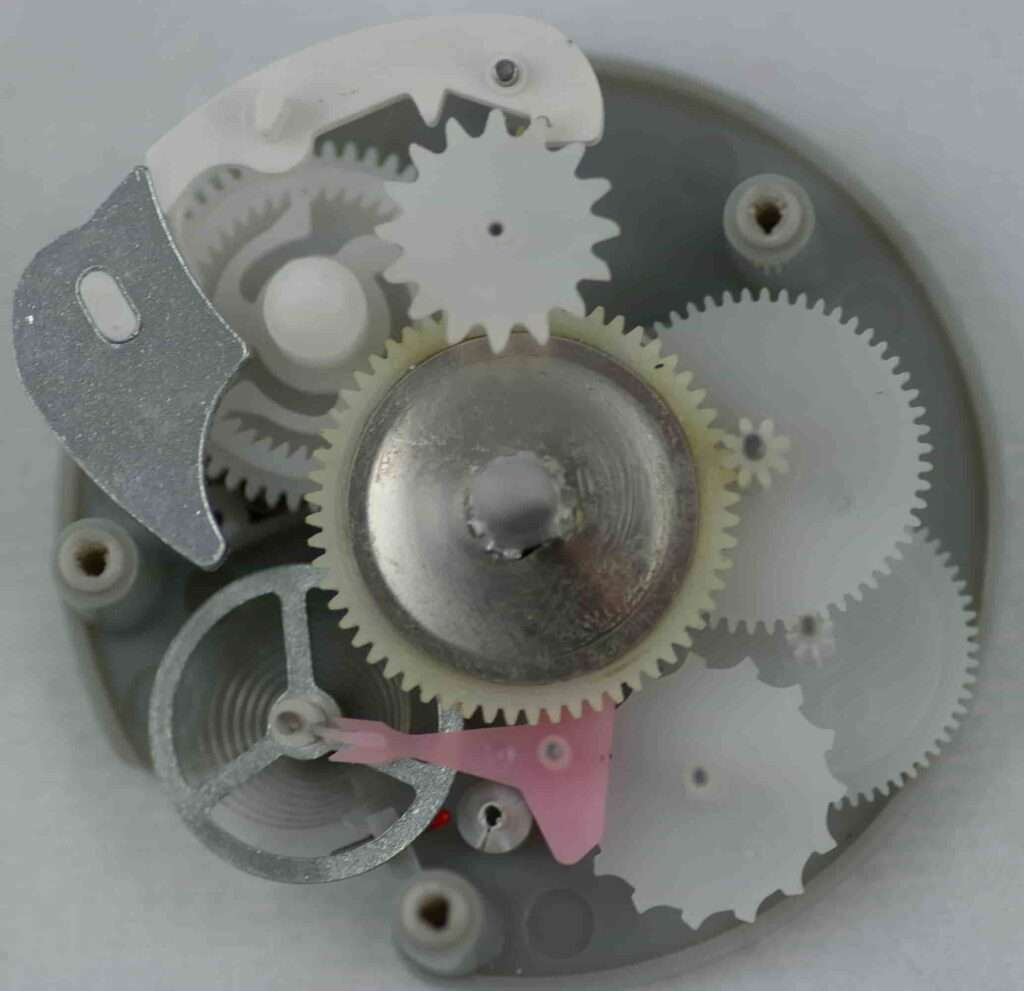
Frequently Asked Questions Of How Does A Kitchen Timer Work?
What Is The Mechanism Behind Kitchen Timers?
Kitchen timers often use a mechanical or digital countdown system. Mechanical timers utilize a spring-wound mechanism that releases energy over a set period, ringing a bell when time expires. Digital timers rely on electronic circuits to keep track of time, beeping after the pre-set duration.
How Do You Set A Manual Kitchen Timer?
To set a manual kitchen timer, turn the dial to the necessary time marker, typically indicated by minutes. This winding action stores energy in a spring, which is gradually released until it triggers an alarm at the end of the countdown.
Can Kitchen Timers Be Used For Other Timing Needs?
Yes, kitchen timers are versatile and can be used for any timing needs, like studying sessions, workout intervals, or reminding you of a parking meter. They are not limited to just kitchen-related tasks and offer a straightforward way to track time.
What Features Do Digital Kitchen Timers Offer?
Digital kitchen timers often provide features like precise time setting to the second, multiple timer options, and memory for frequently used times. They typically display the remaining time on an LCD screen, and many can also act as a stopwatch.
Conclusion
Understanding the mechanics of a kitchen timer enhances your culinary experience. It’s a simple yet vital tool, ensuring precision in cooking and baking. Embracing its functionality can lead to impeccable dishes. Remember, a well-used timer is a cook’s best friend, fostering delicious outcomes every time.
Keep time on your side in the kitchen!


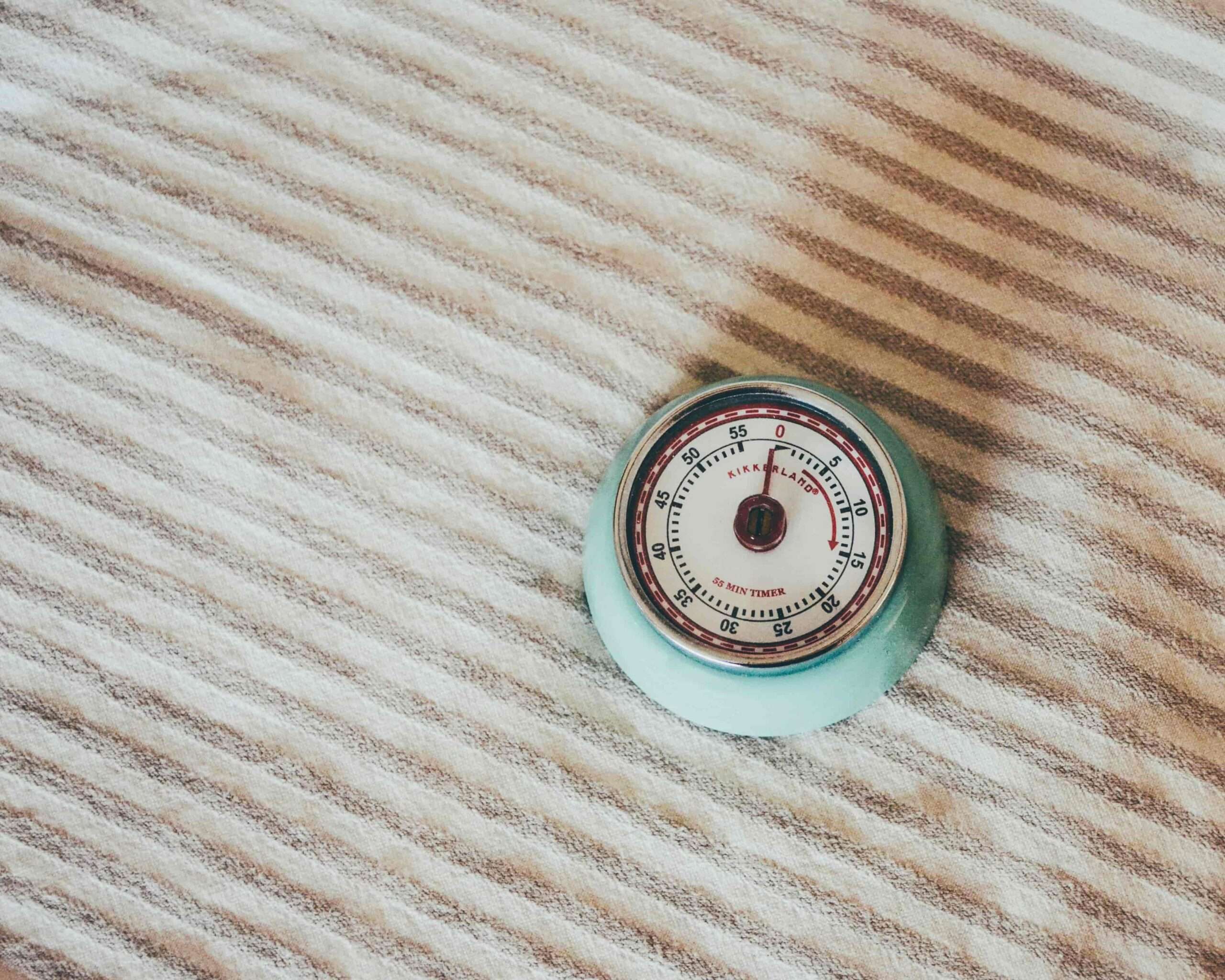
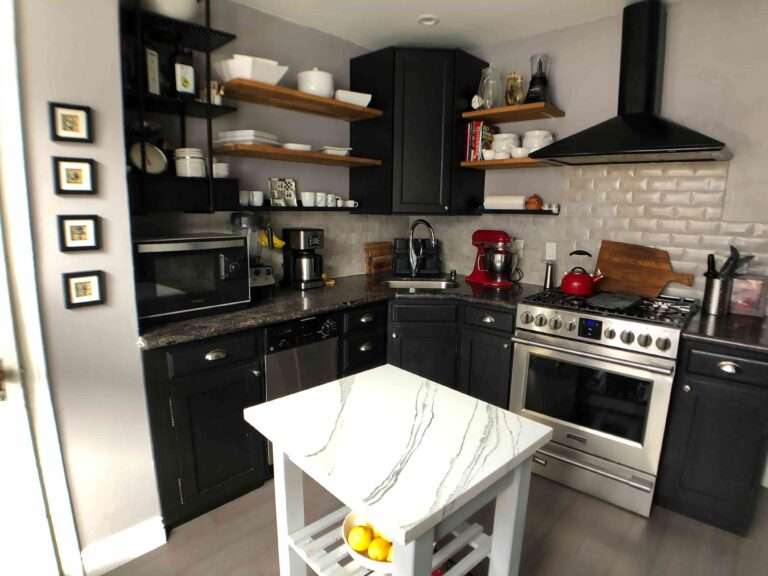
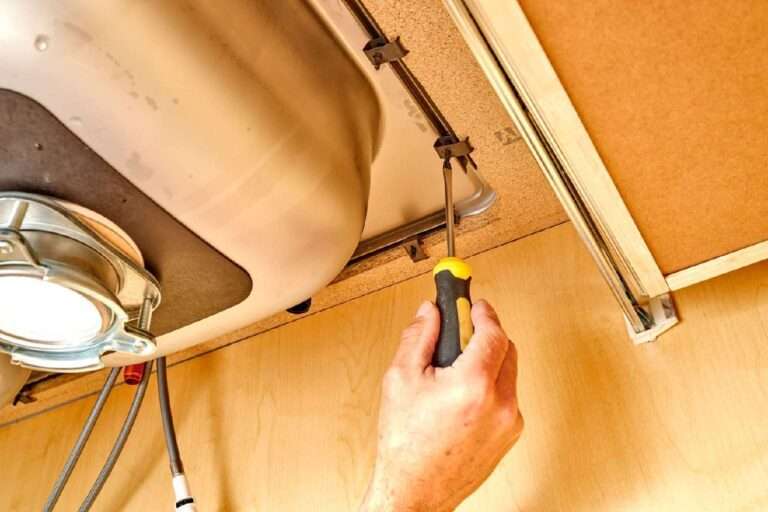
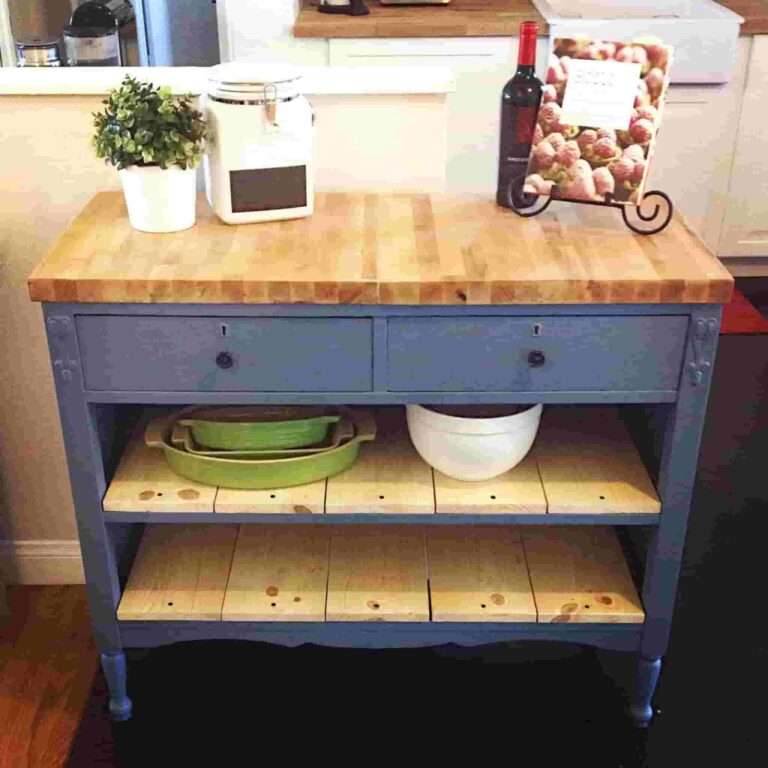


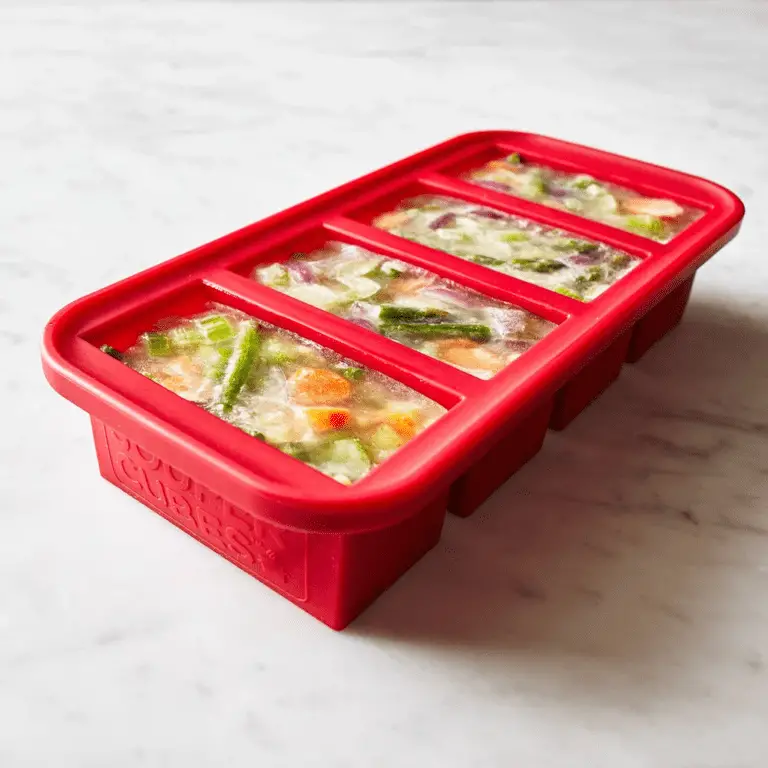

One Comment